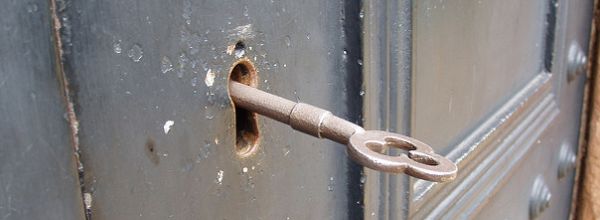At a conference I attended (virtually) recently, someone started a thread on the “virtual bar” Slack channel with the challenge: “If you were to get (or gotten) your PhD in your most hated/boring task of your career. You would have a PhD in: ________”
My response was: Drawing circles around myelinated axons in electron microscope images to measure myelin thickness. Like a number of other laboratory tasks, this is time-consuming and labor-intensive.
Although I’m aware that a number of people have been working to develop automated, or at least semi-automated, software to tackle tedious tasks like this, with all the modern technology at our fingertips, it is quite unbelievable that there are dull tasks like this that we still have to do manually!
Don’t worry though, I’m here to share with you the lessons I’ve learned from my first year as a PhD student, the majority of which was spent doing this unruly analysis. Here are my tips to avoid wasting time, while maintaining some semblance of sanity, in any tedious lab task.
Lesson #1: Think Through Your Analysis Before You Start
This was a rookie mistake on my part. For myelin thickness measurements, g-ratio analysis is one of the gold standards in the field – so naturally, I started out by measuring this. While certainly useful for a lot of myelin thickness analysis, the g-ratio isn’t the only measurement that matters as it excludes the measurement of the so-called “inner tongue” or “cytoplasmic cuff” of the myelin sheath.
Although the inner tongue can usually be discounted when it’s a normal size, issues arise when there are changes in the size of the inner tongue – whether due to artifacts in the processing of the tissue for electron microscopy imaging, or due to a phenotype in transgenic animals or human pathology.
This means that the g-ratio measurement is skewed due to the altered size of the inner tongue, and therefore does not represent an accurate assessment of myelin thickness.
My advice would be to make sure to pick the brain of someone who has done your analysis before – they might have learned these things the hard way and will pass on their tips to you, or they might mention another analysis you could be doing at the same time that will maximize the amount of data you get from a single experiment while sparing you from wasting your time.
In my case, only measuring the g-ratio the first time around meant that I had to go back and reanalyze all the axons again, as I didn’t number them as I went along, leading to…
Lesson #2: Number as You Go
This is probably obvious for anyone familiar with ImageJ (which incidentally I thought I was, but every day is a school day). When measuring myelin thickness in axons – say between 20 and 70 axons per image – label them as you go!
A labmate kindly informed me that a simple “Ctrl+T” after you’ve finished measuring an axon will number it, so if you need to go back and, say, reanalyze an axon for inner tongue size, you’ll be able to find the corresponding axon diameter and outer myelin sheath diameter data for that particular axon and not have to measure it all again. Handy, right?
Luckily, having procrastinated from doing this for two months, lockdown happened and now I’m fully up to date on numbering old images, so that worked out!
Lesson #3: Keep a Well-Structured Excel Sheet Template
Good data management from day 1 of your PhD along with consistency in how you are conducting your analyses are key to having reliable data to write up in your thesis.
In my case, electron microscopy analysis of myelin ultrastructure generates a lot of data, which is great for a PhD student – yay data! – but it is easy to get lost in it all. In my experience, particularly at the beginning of my PhD, when I was figuring out the best ways to analyze and visualize the data, I felt a bit overwhelmed.
Once I figured out the best way to analyze my data, I made a new Excel file to use as a template for all future electron microscopy analyses, so I wouldn’t have to try to recall the specific formulae for how I calculated this, or how I showed that. This way I’m able to keep my analysis consistent across my different experiments and time points and avoid reinventing the wheel every time.
Lesson #4: Have a Slew of Good Podcasts or Audiobooks Lined Up
Arguably the most important tip. You don’t need me to tell you that tasks like drawing circles around hundreds of axons are tedious, repetitive, and time-consuming. A great way to deal with this is to have some fun things to listen to while you trudge through this mind-numbing task – personal favorites of mine are the podcasts I’m Grand Mam and The High Low.
These really help to keep me going, at least until I can get my hands on that much-anticipated automated software!
What are your tips for getting through mind-numbing laboratory tasks? Let us know in the comments!





